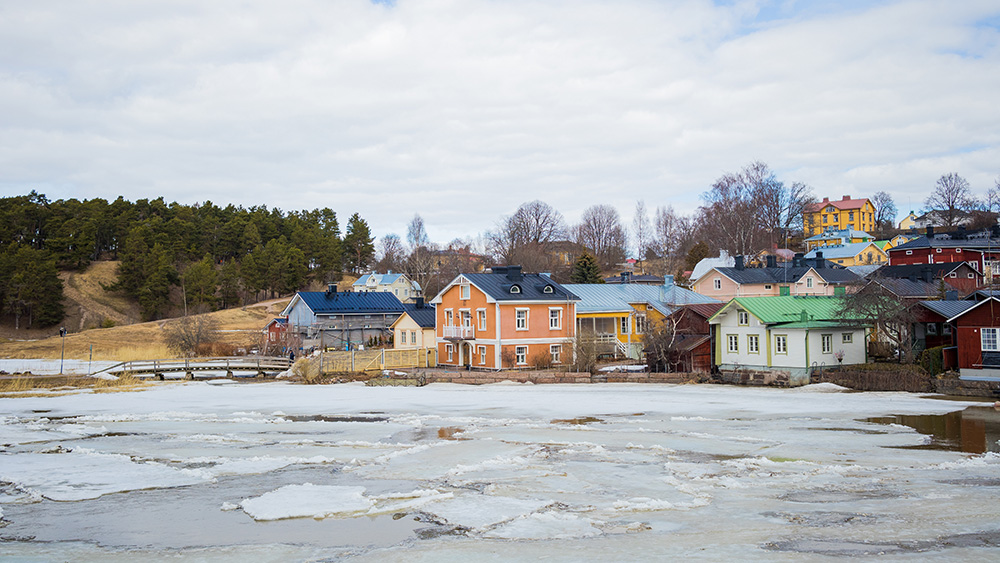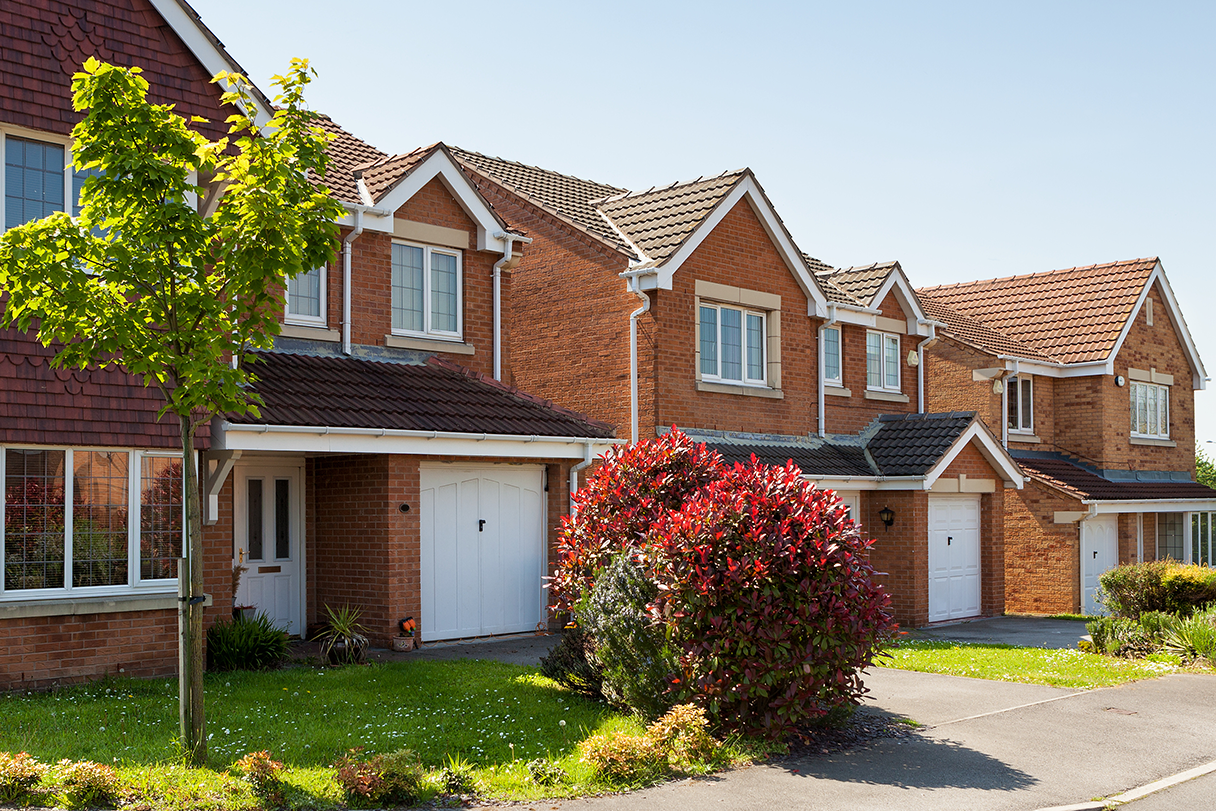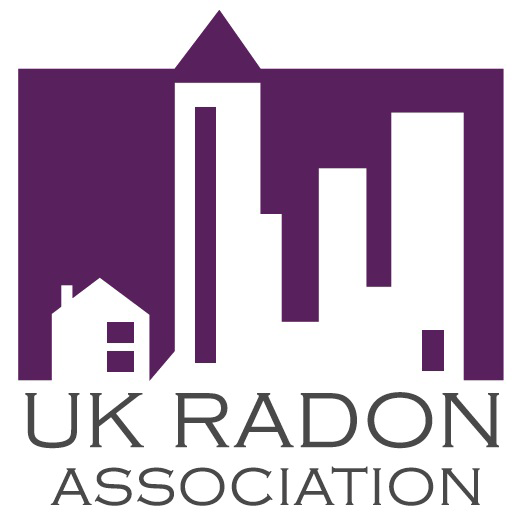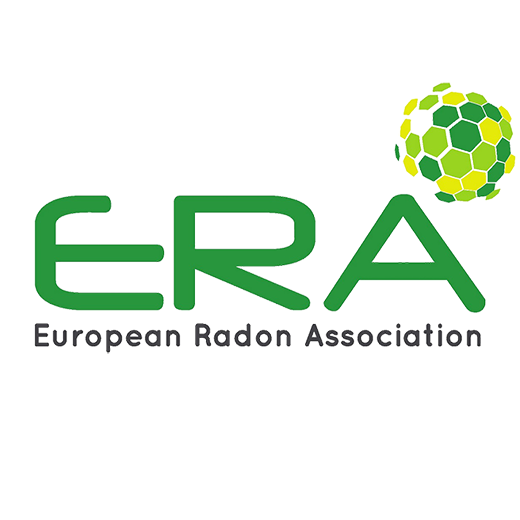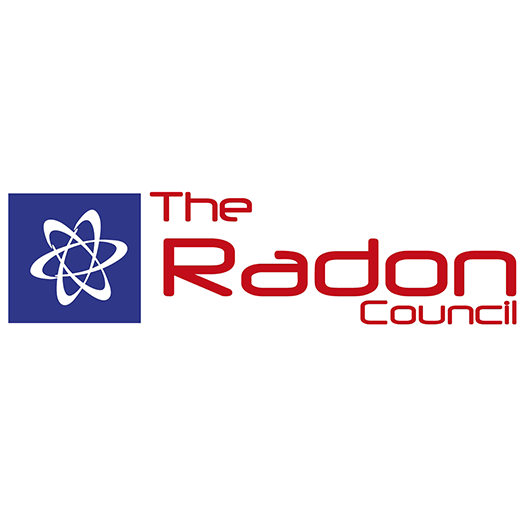The short answer is yes. Although radon gas itself does not make the house impossible to live in, high concentrations of radon in the house can pose a serious health risk to the inhabitants.
While most houses do not have radon levels above the limits set in various countries, there is still a concerning number of homes that have elevated radon levels. In most cases, these are only moderately high, but there are situations where radon levels are far above the actionable limits. The highest annual average value Radonova has measured was over 17,000 Bq/m3, in a villa.
“It is important to identify houses where radon gas poses a danger to the residents’ health. Since radon is an invisible and odorless gas, there are no shortcuts to determining the radon content in an individual house; the only reliable answer comes from following the required measurement procedures,” comments Karl Nilsson, CEO of Radonova.
Elevated Values Require Action
To make a house with elevated values safe again, it is necessary to take steps to reduce the radon content. This can include adjusting or installing ventilation systems, sealing measures to prevent radon infiltration, and other recommended remediation/mitigation methods.
“All houses with elevated radon levels should be addressed – especially in cases where the radon content is high. With high radon content, the health risk to the inhabitants is even more alarming, especially with prolonged exposure,” continues Karl Nilsson.
In most cases it can be easy to address elevated radon levels, and it is not necessarily associated with being expensive. There are examples, however, where it has proven difficult to reduce radon levels below the current limits.
Radon’s Effect on Humans
Radon is a health risk that is the most common cause of lung cancer in humans after smoking. Globally, it is estimated that 230,000 people are affected by lung cancer each year due to long-term exposure to radon.
Radon gas accounts for more than half of the public’s total exposure to natural ionizing radiation (UNSCEAR report 2000). Today we also know that elevated radon levels can be found in all types of buildings, and a certain amount of radon gas is present everywhere. This raises the question of why radon gas is dangerous and how it can affect human health.
Alpha Radiation Can Damage DNA
Radon is a noble gas whose radioactive isotope Rn-222 is commonly referred to as radon. Due to the radioactive properties of Rn-222, it emits alpha radiation during its radioactive decay. Alpha radiation is ionizing radiation that can affect the DNA of our cells. Other types of ionizing radiation include beta and gamma. However, alpha particles have a high atomic mass which means they can emit much more energy per so-called unit length. This energy release is significantly higher than that from beta or gamma radiation. Therefore, the damage that alpha radiation causes to our DNA is much greater.
Radon Daughters Can Cause Lung Cancer
Radon is a noble gas. This means that it cannot form chemical compounds with other elements. So, why is it dangerous? The answer lies in what is called the radon daughters. They are not gases but radioisotopes that can attach to respiratory tissues in the lungs. Some of the radon daughters (Po-218 and Po-214) emit alpha radiation with high energies that can damage the lung tissue. One of the organizations that has classified radon as carcinogenic is the International Agency for Research on Cancer (IARC).
